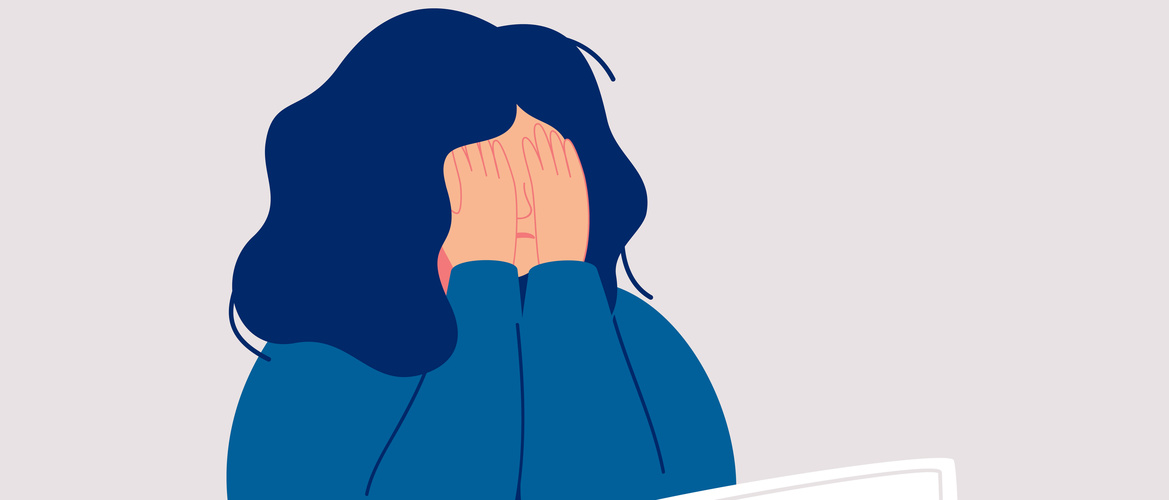
Choose a channel
Check out the different Progress in Mind content channels.

Progress in Mind

Cluster headache is characterized by multiple episodes of severe head pain lasting up to 3 hours associated with extreme agitation, photo- and phonophobia, and nausea and vomiting. New insights into understanding what causes it were presented by Professor Mark Burish, University of Texas, TX, at Virtual Scottsdale Headache Symposium 2020.
What is cluster headache?
Between once every other day and eight times daily
Cluster headache causes severe pain—more severe than that associated with labor and bone fracture,1 said Professor Mark Burish, University of Texas, TX.
In contrast to migraine, which lasts from 4 hours to 3 days, cluster headache lasts from 15 minutes to 3 hours and typically occurs in a cyclical pattern (cluster period).2,3
In addition, cluster headache is associated with distressing agitation, which can be extreme, whereas activity is avoided in migraine, explained Professor Burish.
When is a headache a cluster headache?
At least five attacks lasting 15 minutes to 3 hours
The International Classification of Headache Disorders, version 3 (ICDH-3) criteria for cluster headache are:
Clock-like predictability and triggers that only induce an attack during a cluster headache cycle
Professor Burish highlighted other common features of cluster headache as:
What causes cluster headache?
Cluster headache sits on the spectrum of trigeminal autonomic cephalgias, explained Professor Burish. Sometimes there is a genetic component.7,8 It involves the following three systems:
A disorder of the trigeminal vascular system, sometimes with a genetic component
CGRP plays a pivotal role in the initiation of the headache,8 but the precise mechanisms responsible for the initiation and the maintenance of cluster headache are not clear, said Professor Burish.
Research over the past 3 years to identify treatment targets has, however, accelerated understanding of cluster headache pathophysiology, and it is expected that this understanding will become more definitive over the next few years.
Our correspondent’s highlights from the symposium are meant as a fair representation of the scientific content presented. The views and opinions expressed on this page do not necessarily reflect those of Lundbeck.